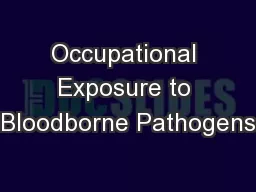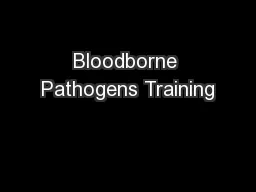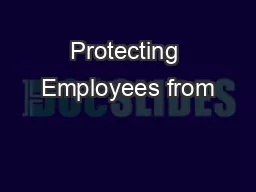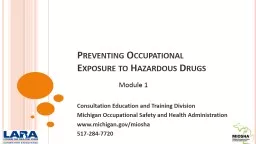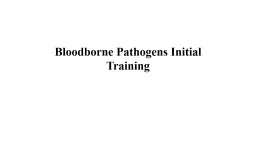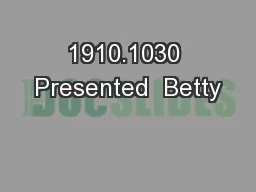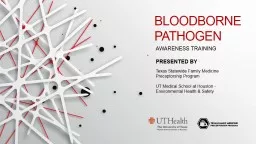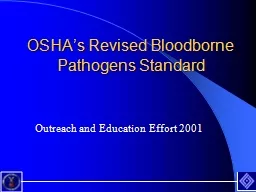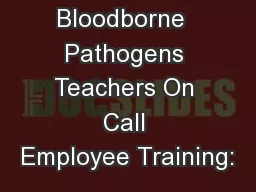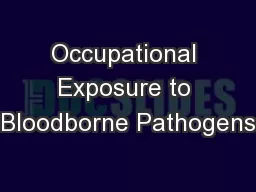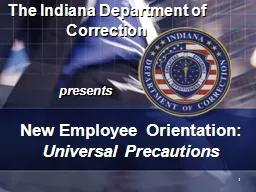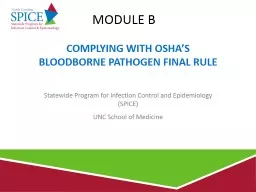PPT-Occupational Exposure to Bloodborne Pathogens
Author : yoshiko-marsland | Published Date : 2018-09-20
29 CFR 19101030 Presented by ETTA OSH Division 9198072875 Provide an overview of the Bloodborne Pathogens Standard Highlight OSHAs requirements regarding bloodborne
Presentation Embed Code
Download Presentation
Download Presentation The PPT/PDF document "Occupational Exposure to Bloodborne Path..." is the property of its rightful owner. Permission is granted to download and print the materials on this website for personal, non-commercial use only, and to display it on your personal computer provided you do not modify the materials and that you retain all copyright notices contained in the materials. By downloading content from our website, you accept the terms of this agreement.
Occupational Exposure to Bloodborne Pathogens: Transcript
Download Rules Of Document
"Occupational Exposure to Bloodborne Pathogens"The content belongs to its owner. You may download and print it for personal use, without modification, and keep all copyright notices. By downloading, you agree to these terms.
Related Documents

